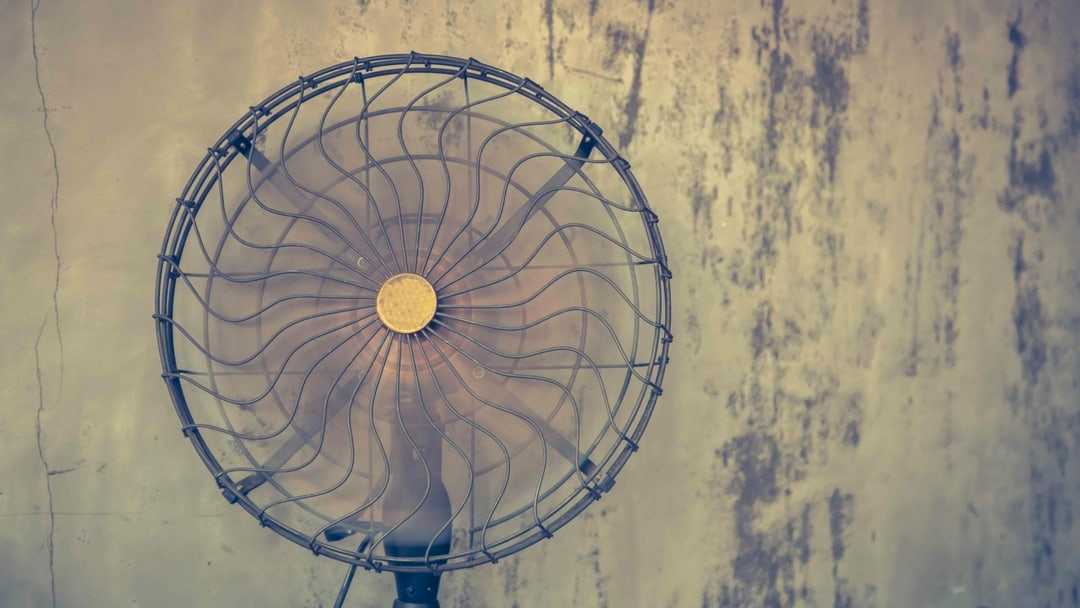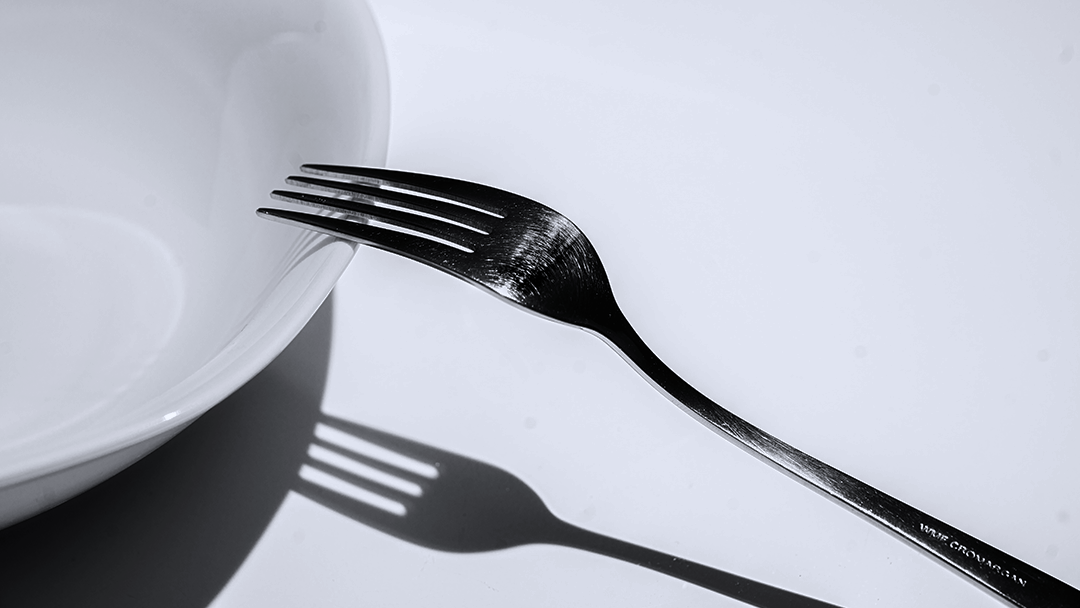Aspects of your physical appearance can change during perimenopause. You may notice changes to your hair and nails, they may feel dryer or more brittle. This can impact on your confidence and self esteem.
What causes menopause-related hair and nail symptoms?
Oestrogen decline during menopause can affect your hair and nails. Infuriating, right?
Symptoms include:
- Hair loss and thinning
- Hair that easily breaks or has lost its lustre
- Nails that break or chip easily
- Nails that easily peel when breaking
These changes happen because oestrogen levels become lower around this time—this hormone plays a big role in helping your hair maintain strength and its ability to grow long. Additionally, with age your body retains less water, and dehydration can also affect the strength of your hair and nails.
How to care for brittle hair and nails during menopause
First things first—hydration:
- Drink at least 8 cups of water daily
- Avoid super hot showers, which can be dehydrating for your skin
- Use lotion after showering and after washing your hands— opt for ones that don’t have too much perfume or secondary ingredients
- If you are worried about thinning hair, avoid using straighteners or hair dryers too often, as these have a damaging, drying effect
- Eat a balanced diet every day
- Consider hormone replacement therapy (HRT)—it works to replace oestrogen deficiency caused during perimenopause and may help with these symptoms
Lustrous hair and nails are so often associated with a sense of femininity, so dealing with deteriorating quality can be a blow to self-esteem. With a bit of care, there are lots of things you can do to improve your symptoms.
Looking for a personal menopause treatment plan? Join our 6 week programme alongside other like-minded women for empowering consultations led by experts. Covering nutrition, emotional (and pelvic floor) fitness, HRT, and more.



